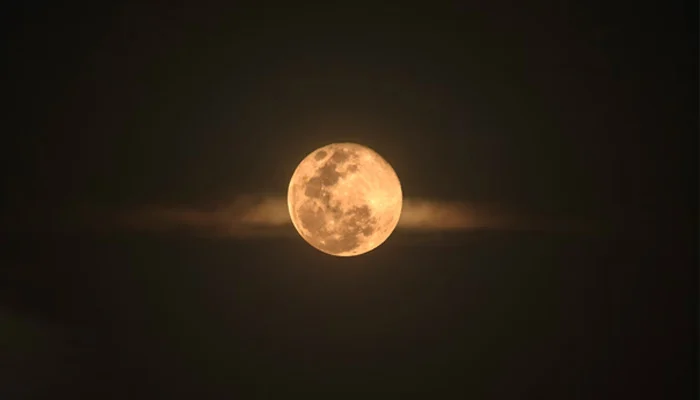(Web Desk) The moon has captivated humanity for centuries, becoming a frequent subject of poetry and stories.
Beyond its romantic allure, the moon plays a crucial role in making Earth a habitable planet by stabilizing its axial tilt, which leads to a relatively stable climate, as reported by Discover Magazine. Additionally, the moon significantly influences ocean tides, creating a rhythm that has guided humans for millennia.
While Earth has only one moon, many other planets in our solar system have multiple moons. For example, Jupiter boasts 95 moons. This disparity raises the question: why do some planets have more moons than others?
The gravitational pull that objects exert on nearby objects depends on their size—the larger the object, the stronger the gravitational force. The solar system is dominated by the sun’s gravitational force due to its massive size. For a moon, or “natural satellite” as NASA calls it, to orbit a planet, the planet must have enough gravitational pull to keep the moon within its orbit. This gravitational reach is known as the Hill sphere radius.
The Hill sphere radius is determined by the masses of both the planet and the moon, which keep each other in a stable orbit. Smaller planets like Mercury and Venus have smaller Hill sphere radii, limiting their gravitational pull. As a result, any potential moons are more likely to be pulled away by the sun’s stronger gravitational force.
In contrast, planets like Jupiter, Saturn, Uranus, and Neptune have larger Hill sphere radii and are farther from the sun. This makes it easier for them to attract and retain multiple moons within their orbits.






























